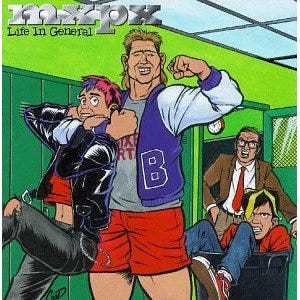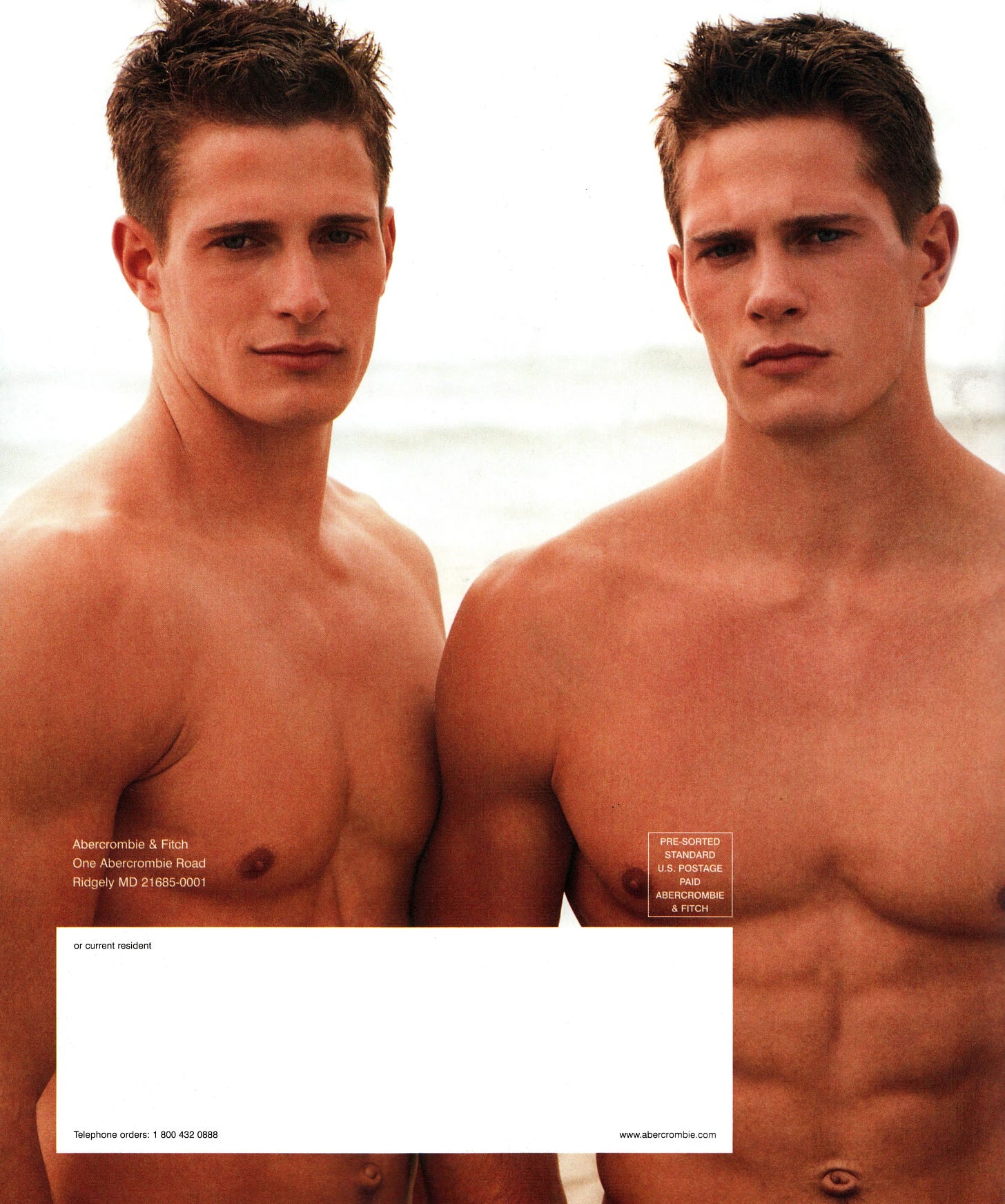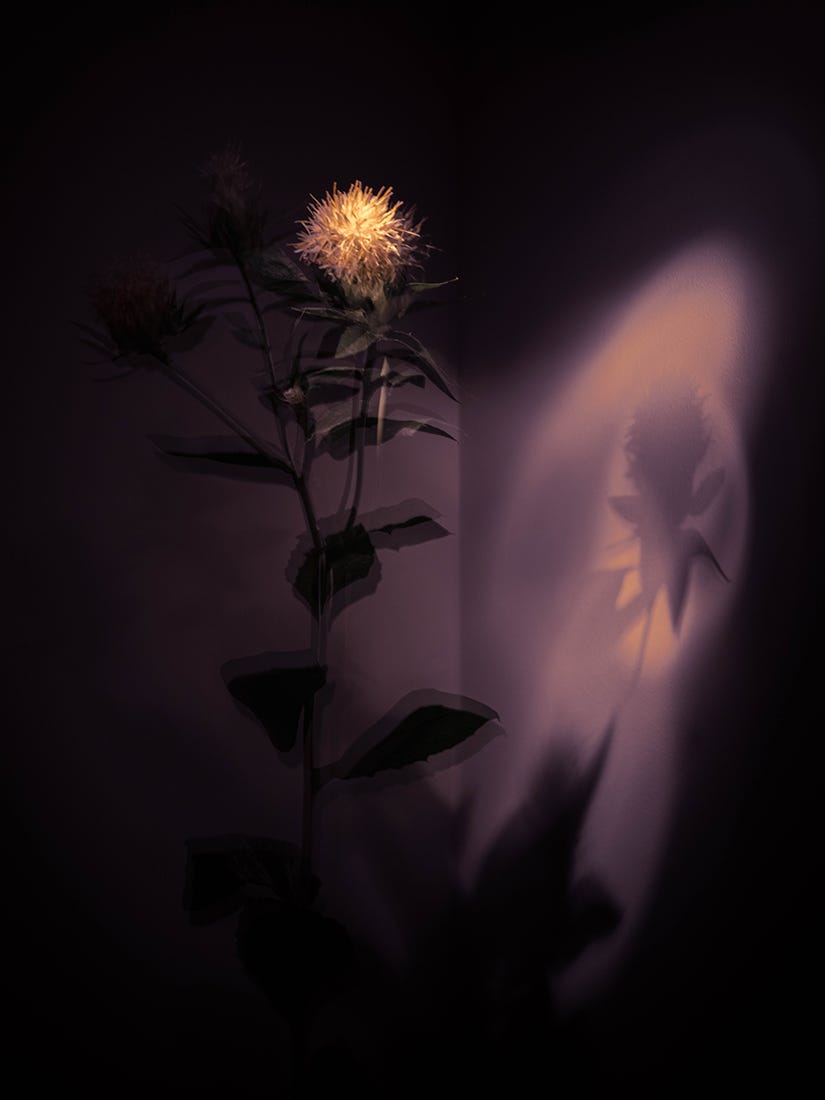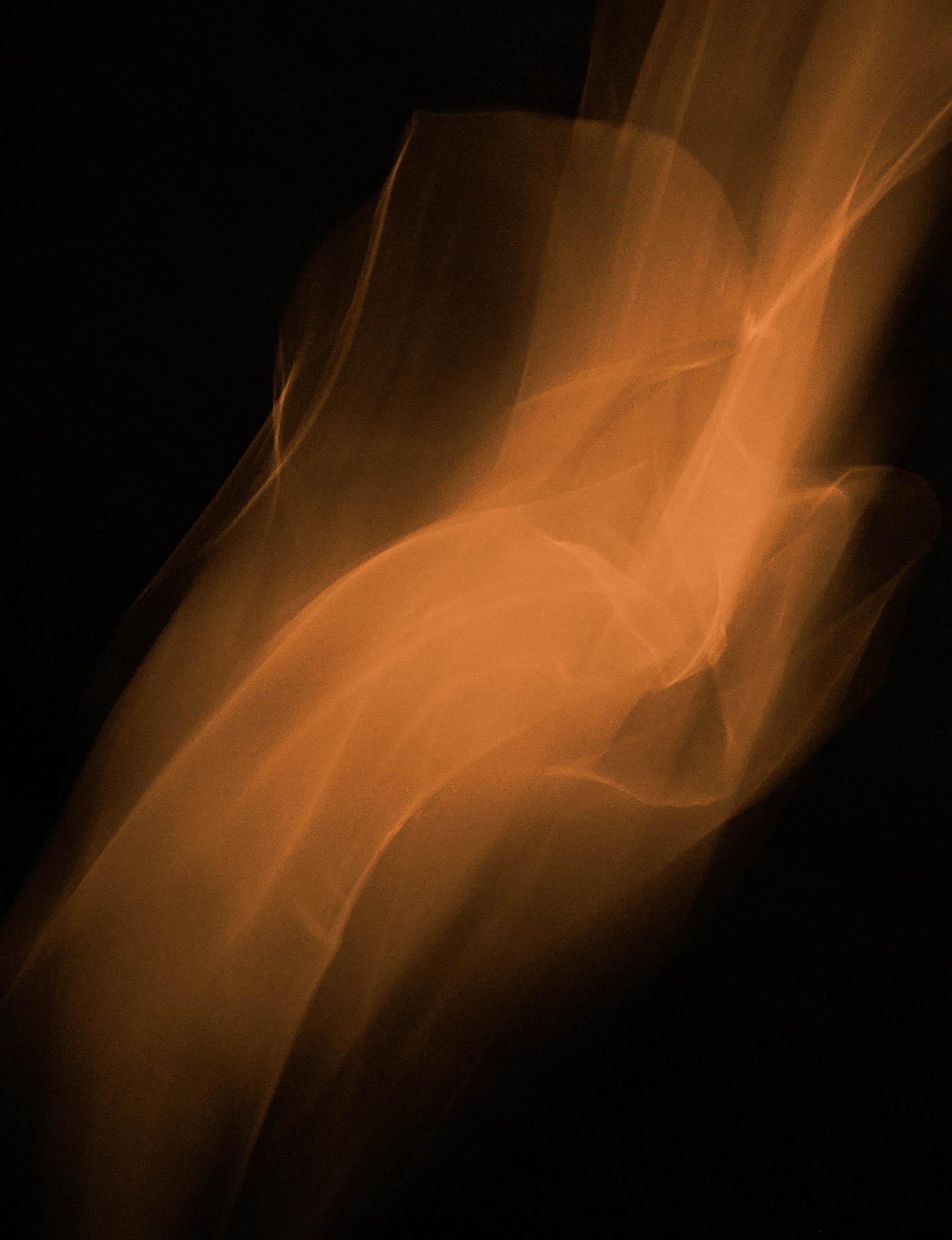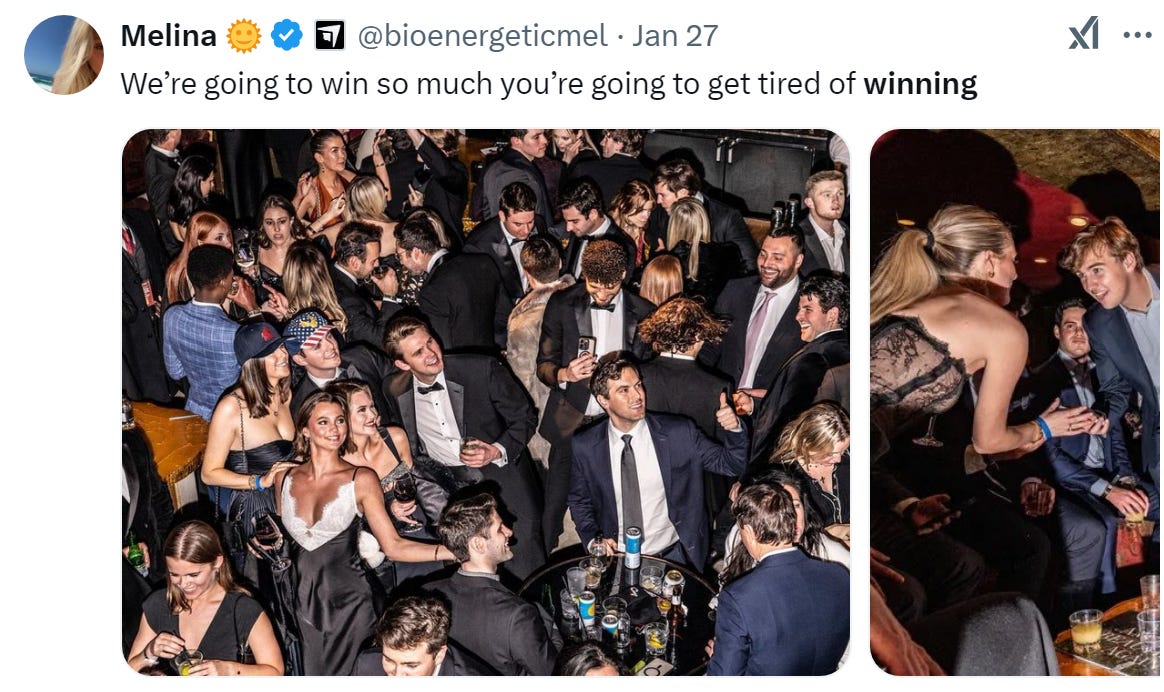If you’re interested in a one-hour audio recorded reading that gives you strategies for solving an issue that you’re facing, write me:
zeitvillemedia@protonmail.com
I’ll send you a small FAQ sheet and put you on a short waitlist. An authenticated birth time (hour and minute) is required to participate.
My ebooks are available for purchase here.
On February 2, pop artist Charli xcx performed a pair of songs from her album “BRAT,” which during summer 2024 became associated with Kamala Harris’ presidential campaign. While the Democrats lost the presidential race, Charli won won Best Dance/Electronic Album that night at the Grammys—an award previously enjoyed by avant-garde pioneers like Aphex Twin and Kraftwerk.
I’m rewatching her performance. Charli emerges from a black SUV, snags a glass of champagne from a bystander, promptly trashes it and then proceeds to stand on a black square surrounded by fans, as the camera revolves around her in circles.
She moves like a hip hop artist, bigging herself up, continuing a nearly two-decade trend: the dominance of the rap artist as pop culture archetype.
But what happens when American monoculture ends? Isn’t that the stage we watch performances on?
It seems to me the big canvas world of Super Bowl events, Grammy performances and utterances by Elon Musk no longer map 1-to-1 onto the micro realities of your everyday person. They once did, and that’s where we get the notion of pop culture.
But these things are holographic projections in the sky now, like a child’s toy that projects the stars on his bedroom ceiling.
They tell us a story, but they speak of ghosts in the present rather than legends of the past, like Robin Hood or King Arthur?
We have no new heroes yet. We just have these phantoms that keep hanging on, demanding to be relevant in a widespread sense. We ache for a heroic act, but mostly we get…entertainment. God is dead, but now people want to be gods of their pet cult theory. Magic diets. Magic stretching routines. Magic political views. Even those cults have trouble holding our attention very long.
Where is our culture’s Odysseus?
Back to the Grammys: Charli emerges onto the main stage, wearing nothing but underwear and a blazer. The camera zooms in on her ass, letting it fill the entire screen for several seconds as she shakes her hips. The next 90 seconds involves her and several dozen other people humping the air and simulating masturbation.
They throw bras and panties in the air, then a pop up notification from the Grammys appears on screen: “All unworn undergarments will be donated to survivors of domestic abuse through I Support The Girls.”
This is the death of Big Tent culture on display. Virtue mixing with vice in one absurd mess intended to convey meaning.
I really had to admire the cameraman panning to random faces and celebrities in the crowd, cheering on this performance. It was like this audience member’s entire reason to live was so they could witness this messianic performance. Their face melted into sheer awe.
And yet, it was all hollow. Dead, done and dusted.
There’s a sense in “Pulp Fiction” when Uma Thurman’s character overdoses but she receives a shot of medical adrenaline straight into her heart. Likewise, each time our culture tries to have one of these big events after 2020, you can just sense the dusty old tastemakers trying to INJECT HYPE RIGHT INTO YOUR VEINS.
It’s overdone, over the top, an ostentatious display that forces itself upon us. From about 2009 to 2024, the American public—and thus the wider world—has been repeatedly subjected to a bargain with society.
The bargain is, or WAS, this:
“Live up to unrealistic standards of public perfection, and maybe you too could have the sole purpose of hypnotizing the masses!”
It seems to be that this sort of thing sends people into a malaise now. I’ve been tracking since 2020 the end of this Big Tent society, which once connected us and gave us a shared culture. Sure, it seemed for a moment in the social media race that everyone would willingly pray to the holy trinity of Bling-Clout-Hype forever and ever, amen.
But the pandemic shifted much of this, subtly at first, until it’s obvious now to pretty much everyone that our culture has shattered beyond repair.
As a result, our notion of heroism—because that’s exactly what our entertainment and culture machine portrays—is now under pressure.
We have to find ways to express new stories, new characters and new battles, or else drift deeper into the mud.
This winter has involved a lot of spinning wheels. Apathy with spectacles like the Super Bowl and the Grammys may be the final push that people need to walk away from bargaining with the old culture machine.
But will that put an end to the division between Normie and Alternative lifestyles? Won’t everyone be living out some form of underground culture now?
Let’s dive in and discuss.
Copy + Paste Cults
Heroes in stories are often a lone individual. That’s what makes them compelling to us. They fulfill a religious impulse in us to see the individual redeemed through struggle. This is important to maintaining the integrity and cohesion of cultures.
Oftentimes, too, the hero needs a tribe. Robin Hood is surrounded by his merry band of pranksters. Even a modern version of Robin Hood, the book and film “Fight Club,” has Tyler Durden surrounded by devotees. Club is in the name, after all.
But in the modern age, the tribe is more…underground. Fight Club happens in basements, and the number one rule is that members don’t speak of it.
This is in contrast to the superhero blockbusters where the hero and his troupe fight evil in broad daylight and win the praise and love of the village.
Think back a moment, too, on how Charli begins her performance in some kind of underground bunker. Even the haggard tastemakers who want to claw back the Old World can see the writing on the wall.
What’s ahead for heroism is not the clean, linear narrative of a knight, dragon, princess and village.
In fact, the hero has a more problematic relationship with society now. We love antiheroes like The Joker.
Today’s hero may not care for society at all, especially since it doesn’t exist in any stable form these days. Instead, he preoccupies himself with the traffic of his tribe, and may explore conflicting emotions within himself. He may ask whether he is defined by the tribe or something greater—like a Cause, a Mission.
The roster for Coachella Festival dropped not long after the presidential election, and right up top of the roster are electronic pioneers, like Kraftwerk and Basement Jaxx. Looking at the smaller, supporting bands, many of which are electronic, it’s difficult to say whether they walk in the footsteps of these larger legacy bands.
Oh no…have the legacy underground artists become…mainstream now?
Or is it simply that the underground no longer wishes to create a chain of meaning across time? Maybe smaller artists don’t really spend time mining influences anymore, like children who read King Arthur for inspiration?
Instead, your modern hero tunnels into hyper-niches made available through social media lifestyles.
And yet again, the tastemakers don’t like this, because it’s harder to package. Green Day and Charli herself are headliners at Coachella, too, so all the big acts seem to be presented as some kind of messianic avatars, carrying the torch of culture. Coachella is first and foremost a party, a tastemaker exhibition, and in the past it has been associated with bringing the underground into a temporary but shared physical reality.
The whole notion of lumping Charli in with Green Day seems to be a suggestion from Coachella that you can draw a straight line from the alternative rock cassette tape days of the 90s all the way to today, where songs, lifestyles and political views are all streamed on the same device.
Perhaps in years past this connection would’ve stuck, but many people don’t seem to be buying it at the moment. Economic, political and yes psycho-spiritual pressures have made it such that people KNOW at a gut level that culture is no longer stitched together neatly.
Even if someone WANTED to ironically like Charli as a bleach-haired punk rocker—which is plausible enough—something about the social sphere now renders this gesture meaningless.
Would anyone actually consider it edgy or rebellious, even in a goofy sense? Would it really be Extra Punk to like something a bit Normie for a minute?
No, I don’t think these divisions work anymore, and so our entire sense of rebellion and our definitions of heroism are thus changing.
Which is another way of saying: What the hell is Coachella supposed to be? Are these big events really supposed to be ACCURATE reflections of our culture? Do they portray an honest conversation between the Mainstream and the Underground?
When divisions are rendered meaningless, it becomes a struggle to define what is truly transgressive and changeful and innovative.
Back when Green Day were ascendant, the Jocks vs Nerds narrative began to morph. It became a bit like Jocks vs Punks, and this iconography showed up in album art, like MxPx’s “Life in General” from 1996. See below.
This continued into the early 2000s, like Sum 41’s “In Too Deep” music video, where tan jocks do battle with the flabby white band members. You can even see a “no jocks” sign in the background. There are other videos like this.
The point is, the culture at this time supported such rigid divisions through continuous supply chains of meaning, much like the controversial Abercrombie & Fitch fashion catalog, which was the American Prep School Bible.
Compare the stylings from the 2001 catalog to the Sum 41 video…it all looks eerily similar.
Now what’s truly ironic is the so-called online right—or a prominent faction of it—has adopted a similar aesthetic of vaguely homoerotic sculpturalism in the spirit of Truth, Honor and Beauty.
But what exactly are they rebelling against? The liberal degeneracy of Charli xcx and the like? The message from the right wing is no less sexual, although it’s an attempt to sublimate sexuality into some Grecian ideal that supposedly transmits virtue to the viewer.
We know by now, however, that the viewer has to be a True Believer for this trance to work. It’s a cult. This isn’t the 90s, where things move slowly and gradually. Online culture is more immediate. You either believe in the goods or you don’t. This is a fascinating phenomenon, because modern cults don’t need PR. They just…spawn and exist, like fungus.
And so we don’t really have Punks versus Jocks, or Scrappy Liberals versus Clean Conservatives anymore. Rigid categories only exist in a stable culture that unfolds organically.
The culture has been torn, and our characters are scattered into micro tribes.
Revenge Fantasy
When hip hop culture began to dominate in 2009, we also witnessed a return to the Nerd, and seemingly the public embrace of the Nerd.
Obama was in someway both nerd and outlaw. So was Mark Zuckerberg.
The nerd was edgy. An outlaw. And maybe a little funny, too. Like a court jester, who could question the king.
In 2010, “The Social Network” portrayed Zuckerberg’s rise in a fictional movie. Even pop star Justin Timberlake played the underground hero Sean Parker, who disrupted the music industry with Napster, an early online service that predicted streaming culture. We had TV shows about Silicon Valley startups. Snowden and the Anonymous Hacker group shook us up.
The Nerd was IN. But then we began to hate him. The pandemic hit and people began to understand the ravages of phones, how they warp our perception of information. They began to distrust experts and medical pundits.
Suddenly, Zuckerberg started working out and appearing on Joe Rogan. Nerd-in-chief Elon Musk started touring with Trump.
The new rebellious right wing is supposedly growing out of this techno-conservative mash up—but all I can see is a strange schizo amalgamation. It’s like a bunch of beads on a bracelet, strung together, Punk-Nerd-Normie.
So I don’t really see this as a Golden Age vanguard, perhaps to the disappointment of some of my more conservative friends and followers. Not that I don’t think good things will happen, perhaps even as a result of figures like Robert Kennedy Jr.
But I don’t see them as some kind of unified, definable force, specifically in the heroic sense, precisely for the reasons I’ve outlined here today.
Let’s wrap up with some final thoughts.
Punk Goes Kerplunk
If you’ve spent any amount of time on social media in the past few years, you’ve likely heard the refrain: “Trad is the New Punk.”
It’s a kind of rallying cry among certain strains of the online right who see a chance to congeal the American conservative party into a singular movement, based on “time-honored” values like suburbia, family formation and of course home-baked sourdough bread.
Ok, I threw the last jab in there because as many of you who follow me already know, I’ve said these micro tribes are essentially cults of consumption, who exist just like many other consumptive cults around them.
Consumptive culture binds them together. Ancient world fetishists believe that we are just one more marble building away from utopia. The crunchy granola mom movement, which is both liberal and conservative and yet neither (?!), is of a similar attitude. Just this One True Thing could snap culture back together.
Modern cults share this thing in common, and yet they are so different, and very opposed to each other too, often engaging in petty debate around foundational puzzle pieces, like sex, work and food/diet.
It’s an interesting underbelly, like the flipside of the coin from so-called Normie world, where average people don’t think about abstract concepts. They have their TikTok reels narrated by the same robotic voice even while doing different activities from each other.
All the same, yet very different. How strange that this describes people in both Normie culture and Rebel culture in 2025!
There are very positive things behind this strange phenomenon. I predict this spring that people will become more flexible and curious than ever. A young person in Anywhere, USA may be more likely to pick up some esoteric workout habit seen on social media than to put up a poster of Charli xcx on her bedroom wall.
Big Culture is just done for. It’s tiny cults all the way down now.
But it’s always a weird pendulum swing. Because just as this might suggest a world made up of various underground movements, you can watch how so-called rebellious people ache for Big Grammy Culture Feelz.
For example, some online right factions go bonkers for niche Instagram models like Gio Scotti and then start spamming social media with her.
So it’s like a resurgence of monoculture, within the various undergrounds. This impoverishes us, ultimately. Creativity will be harder to find, but it will shine brighter, too. Finding something obscure isn’t enough anymore. Plenty of stuff that’s underground is cheap and plastic now, for the reasons I’m outlining here.
Take the health influencer Mel, who does her best to saddle up next to online right circles but simultaneously maintains a ditzy “I’m just a gurl” persona. It’s a convenient excuse, because a person like her desperately needs to be seen as different, so when a follower asks if he is part of the underground by virtue of following her half-baked views, she says “yes.”
You have to think that she truly believes this—but at the same time, she leaves the door open to laugh it off ironically if challenged.
Punk was always about adherence to values, to a Cause, some of which got taken to certain fascistic extremes. But its adherence connected it to other artistic movements that based themselves on a vision.
The wishy-washiness of someone who says “yah we’re the underground” but then picks their nose and stares off into space is not a convincing hero. But that’s a lot of what we have in today’s “digital underground.”
Takes like these try to draw a straight line from defined cultural milieu like Paris in the 1920s and act as if “movements” today are equally cohesive. Mel’s post is more of a manufactured spectacle like Charli xcx, and less like a snapshot in time that’ll go down as a historical artifact.
Or consider this next take which tells us how to create a good “aura.” I read this list and it describes your average student at a mid-sized liberal arts university in the 2000s. That’s our basis for avant-garde now?
Likewise, as I was sketching drafts for this earlier in the week, I was drinking a “First Edition” carbonated beverage by a trendy company named LMNT, which basically sells delicious salty water. I looked at the label: “Join the Salty Rebellion!”
I suppose it’s not a brand as well known as Coca-Cola, but it’s not exactly impossible to find among Normie circles that I know. And so I felt a bit puzzled, wondering exactly who I was supposed to feel rebellious against.
After all, Coca-Cola is touted amongst many “alternative” influencers online because it falls within a trendy Ray Peat dietary protocol, which promotes the consumption of sugar.
To these influencers, one of the most omnipresent capitalist products in the world has the commie cultural cool of a Che Guevara t-shirt.
“But remember, kids, neo-Marxism is bad and neo-conservatism is good! We’re winning!”
Left, right, up, down. The compass points of our society are in disarray. We enter a multi-polar world of multiple realities now.
This is the cultural wreckage each of us is called to sort through, if we’re determined to find a new and enduring definition of heroism. It won’t be easy. But it’s destined to be exciting.
If you’re interested in a one-hour audio recorded reading that gives you strategies for solving an issue that you’re facing, write me:
zeitvillemedia@protonmail.com
I’ll send you a small FAQ sheet and put you on a short waitlist. An authenticated birth time (hour and minute) is required to participate.
My ebooks are available for purchase here.






